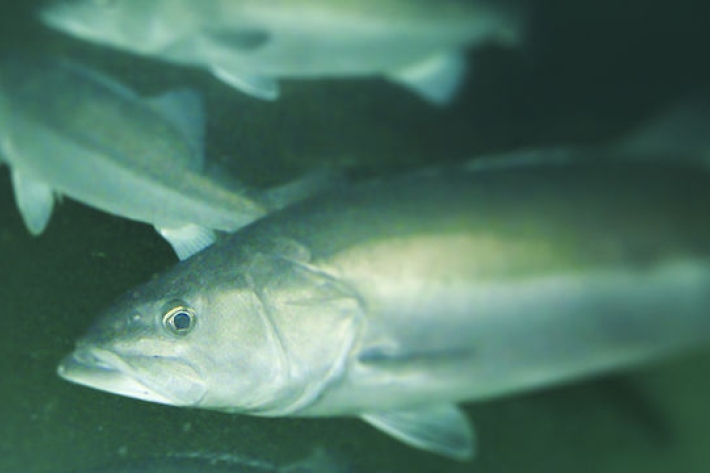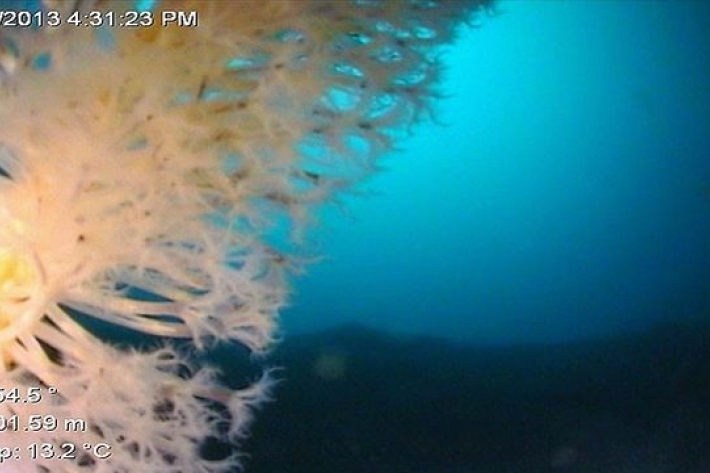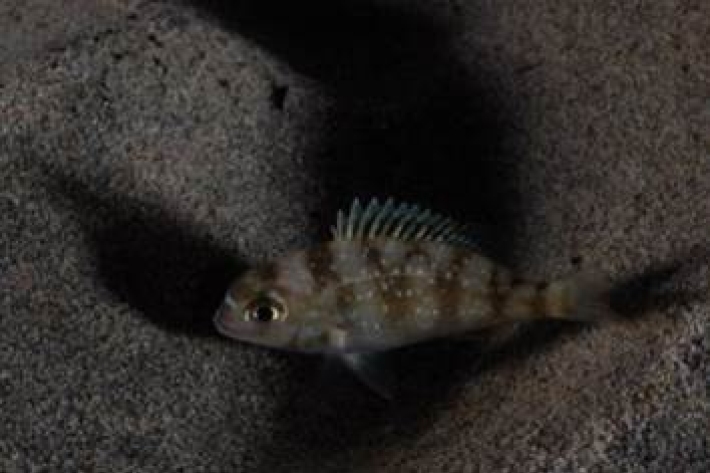-

Nitrous oxide
Research ProjectNitrous oxide (N2O), commonly known as laughing gas, is an important greenhouse gas. Naturally produced by bacteria in soils and oceans, agriculture is the main source of human-produced nitrous oxide. -

Ozone
Research ProjectThere is a marked seasonal cycle in surface ozone (O3), with a maximum in winter and minimum in summer. There can also be significant variability from day to day caused by synoptic scale meteorological variations. -

Carbon monoxide
FacilityCarbon monoxide (CO) plays a key role in atmospheric chemistry because it is the largest sink for hydroxyl radical (OH). OH is often called the 'detergent' of the atmosphere because it destroys many harmful pollutants. -

A Different Kettle of Fish
Take a look inside NIWA's facilities - the species, the science and the future of our aquaculture industry. -

Moana - My Ocean
A team of scientists from NIWA and four other organisations are taking part in the Three Kings Islands Marine Expedition, recording the diversity of the marine life around these remote New Zealand islands. -

Aquaculture Environmental assessments
ServiceGrowing global demand for protein and high-value food products from the sea is creating a significant economic opportunity for environmentally responsible and sustainable aquaculture. -

Fiordland’s depths reveal more new-to-science wonders
News article02 April 2013 -

2013 - Kaikoura tsunami risks
News article22 March 2013Surveying work carried out by NIWA scientists this week is helping provide new insights into the tsunami risk from undersea landslides in the Kaikoura Canyon. -

Improving access to NIWA's climate data - Summer of eResearch 2012
Summer of eResearch 2012 has funded a project to prototype an open, readily-accessible web interface for NIWA's National Climate Database, which collects and stores all of the information collected by NIWA's network of climate sensors and stations.


